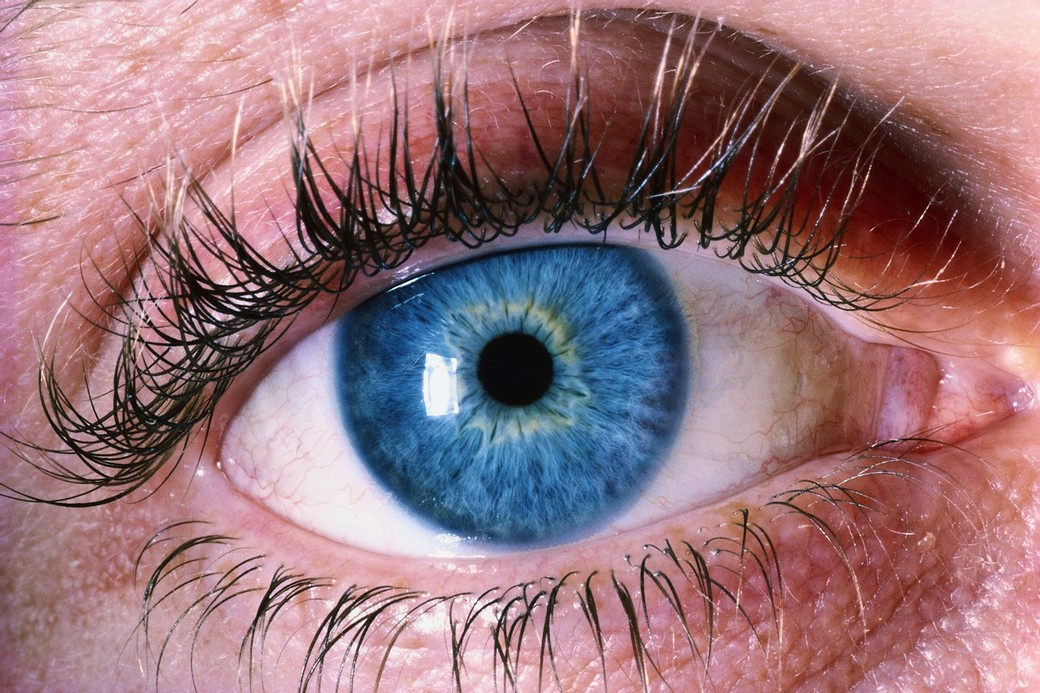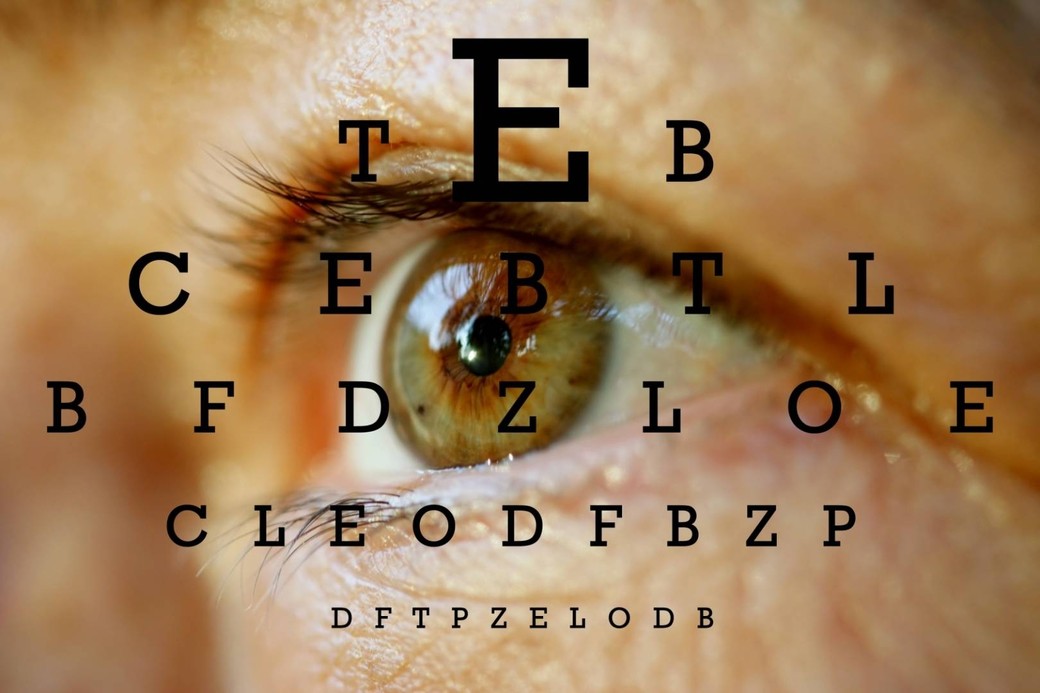
Volunteering for Your Eye Health – Diabetes
Dr. Thomas A. Noël
There is a pressing need to promote inter-professional collaboration to optimize eye care for Ontarians. For the past three years, I have served as co-chair of the Eye Health Council of Ontario (EHCO), which has the mandate to support provisions of accessible, quality eye care to the population of Ontario. One of our main objectives is to improve eye care for diabetic patients.
In 2011, EHCO developed guidelines to coordinate the services of eye care providers and primary health care providers in the management of patients with diabetes, in order to reduce the incidence of ocular complications.
Diabetic retinopathy is the leading cause of legal and functional blindness for persons between the ages of 25 and 75 worldwide. In Canada, it’s expected that all patients with type 1 diabetes and more than 60% of patients with type 2 diabetes will develop some form of retinopathy in the first two decades following the diagnosis of diabetes. Diabetic retinopathy, if left untreated, can cause blindness. However, early screening and assessment with regular follow-up can lead to prompt diagnosis and successful treatment of this debilitating condition.
Presently, one million people live with diabetes in Ontario. In the Ottawa region alone, it’s estimated that over 83,000 people over the age of 18 live with diabetes. Yet nearly one in three living with diabetes in the Ottawa area have not had a retinal eye exam in the past two years. This is a great concern because untreated diabetic retinopathy can lead to blindness.
One of these reasons is a lack of knowledge on the part of the patient. Patients need to understand that they can help prevent  vision loss and slow the progression of diabetic retinopathy by controlling their blood sugars, maintaining healthy blood pressure and cholesterol levels, and by having regular eye exams at recommended intervals. Early stages of diabetic retinopathy have no warning signs, so getting regular eye exams is vital for detecting the disease.
vision loss and slow the progression of diabetic retinopathy by controlling their blood sugars, maintaining healthy blood pressure and cholesterol levels, and by having regular eye exams at recommended intervals. Early stages of diabetic retinopathy have no warning signs, so getting regular eye exams is vital for detecting the disease.
For patients with diabetes, OHIP covers the cost of one major eye exam per year, including a retinal assessment. The optometrist may recommend a retinal image. This is a great educational tool for patients, because it shows them if there are any signs of diabetic retinopathy such as leakage of the blood vessels or the capillaries, and demonstrates the importance of maintaining stable blood sugars. Year to year, you can compare and see if there’s actually improvement or deterioration with retinal imaging.
Physicians and nurse practitioners can expedite the initial screening process for diabetic patients by referring them to optometrists – professionally trained eye care providers who have the knowledge and skills to perform dilated eye exams for diabetic retinopathy assessment. The optometrist can identify patients who require therapy and fast-track a referral to a retinal specialist for treatment.
If you suffer from diabetes, see your optometrist!










